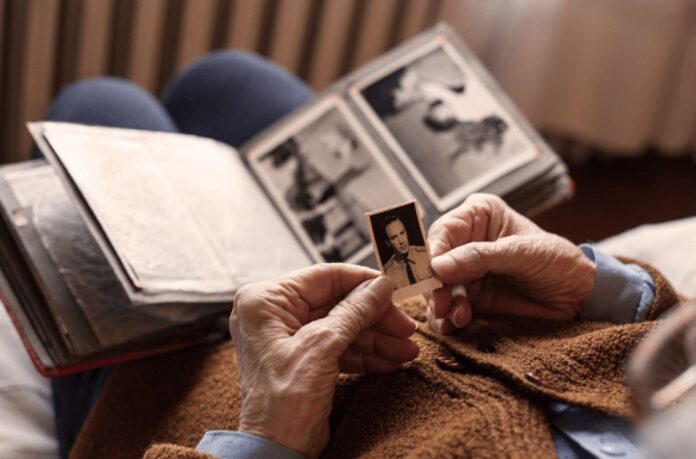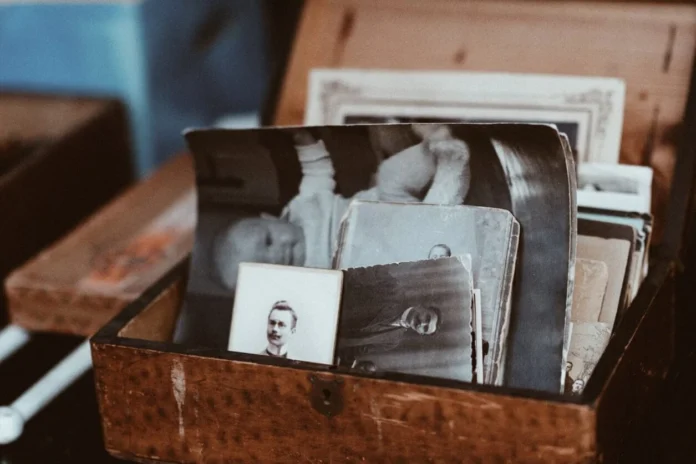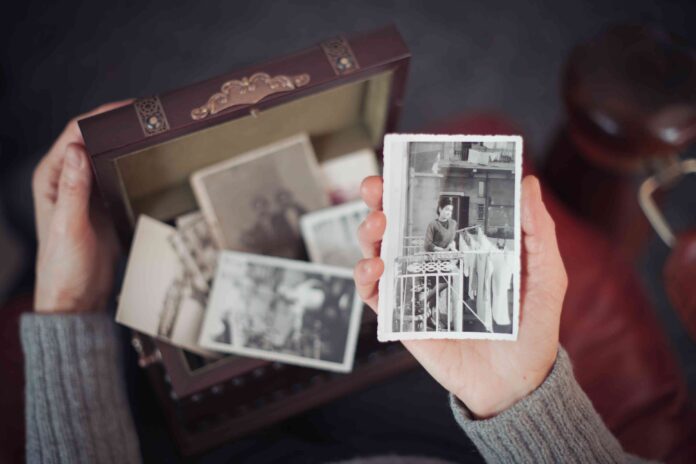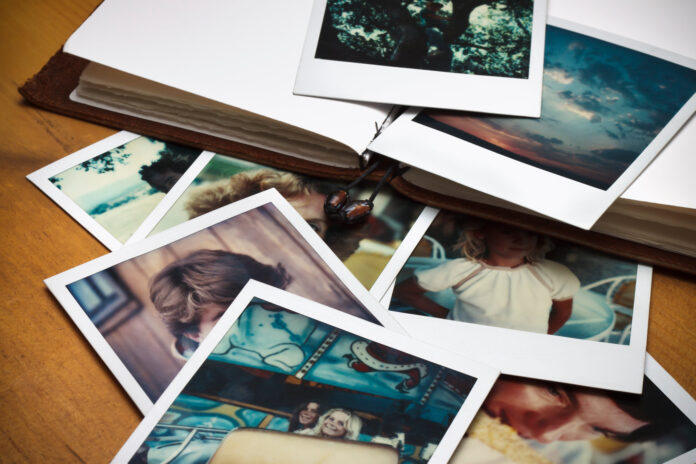When we were young, we were able to see albums and photo books of our parents, grandparents, and other relatives. We can say that we all enjoyed the trip down memory lane and we all remember our family telling us about their childhood.
As time went on, and everything became digitalized, we started stacking up thousands of photos of us and our kids, and saving those recollections became a practice where we move things from one device to another, and forgetting all about them.
If you want to build a memory vault that new generations are going to appreciate in the future, you’ve come to the right place.
Use this ultimate guide to preserving childhood memories to learn what you can do to ensure all your photos are not lost to all the devices you use.
Why should you explore physically preserving memories?

In an age dominated by screens, there’s something undeniably intimate about holding a photobook, feeling its weight, and flipping through its pages. Digital photos are convenient, but they lack the tangible presence, the weight of a physical artifact.
By dedicating time and resources to creating a photobook, we imbue those memories with a sense of importance. It’s a declaration that these moments were significant and worthy of preservation beyond the transient nature of digital media.
They provide an opportunity for children, as they grow, to revisit and re-experience their formative years, understanding their evolution, and appreciating the journey that molded them.
How can photobooks help build a memory vault?
In the age of rapid technological advancements, where recollections are often relegated to the recesses of digital storage, photobooks stand out as timeless and tactile representations of moments we hold dear.
They serve as tangible evidence of the times that shaped us, offering a unique blend of narration and visual splendor. As you can see here, photo books aren’t just albums; they’re carefully curated collections that tell a story.
Consider a toddler’s first steps, encapsulated beside a heartfelt note from a parent, or a montage of high school achievements juxtaposed with trinkets and medals.
These aren’t merely photos; they’re narratives, moments frozen in time that carry with them the emotions, contexts, and nuances of the period they represent.
How can you create a better and richer experience?
One of the most profound advantages of photobooks is their adaptability. They can be as elaborate or as simple as one wishes.
Some families opt for intricate designs, embedding images with relevant memorabilia, quotes, and even fabric swatches from memorable outfits.
Others prefer a minimalist approach, letting the photos speak for themselves. There’s also room to involve children in the creation process, allowing them to offer inputs on layout, design, and content.
This not only makes the photobook a repository of recollections but also a collaborative project, a memory in its own right.
Memory boxes can help preserve the most precious items

While photo books hold a special place in our memory preservation toolkit, several other techniques can supplement and enhance our efforts. Consider items like memory boxes, where children can store their prized possessions, from their first toy to their graduation cap.
Handwritten letters, capturing the emotions and thoughts of a particular time, can offer a deeply personal insight into a child’s evolving psyche.
Audio recordings, capturing the lilting tones of a child’s laughter or the earnestness in their voice as they recite their first poem, offer an auditory journey back in time.
Combining these with photobooks creates a comprehensive nostalgia pod, offering multiple avenues to revisit and relive the past.
Make sure you include your children when preserving their memories
Involving children in the process of building the flashback vault adds another layer to the experience. Let them be the photographers sometimes, capturing what they deem essential.
Their perspective, often overlooked, can offer a refreshing take on events and surroundings.
Additionally, engaging them in crafting, be it in designing the photo book, decorating memory boxes, or adding their doodles and art, ensures they have a personal stake in the flashback pod. It becomes their project, their legacy.
Preserve the memories to leave a legacy

Photobooks, complemented by other memory preservation tools, aren’t just for the individual or the immediate family. They serve as a legacy, a bridge between generations.
They allow grandchildren and even great-grandchildren to connect with ancestors they might never have met, understanding the environments, challenges, and joys that shaped their lineage.
In essence, building a nostalgia vault is not just a personal endeavor; it’s an investment in the future, ensuring that the tales, lessons, and love of one generation seamlessly flow into the next, preserving a family’s shared history and identity.
Make sure you consider long-lasting preservation
As you go about creating these memory pods, it’s paramount to think about their longevity. Ensure that the materials used, especially in photobooks, are of archival quality, and resistant to fading and deterioration.
For digital archives, invest in multiple backups, and perhaps even consider cloud storage. While these reminiscences are emotional treasures, they are also vulnerable to physical and digital hazards. Prioritizing their safety ensures that they stand the test of time.
Create a memory vault to see how far you’ve come

Creating and revisiting nostalgia chambers isn’t just a recreational activity; it has profound emotional implications. In moments of doubt or hardship, looking back at these documented triumphs and joys can be an instant morale booster.
For children, especially, seeing their lives chronicled, knowing they’ve been loved, cherished, and celebrated every step of the way, can fortify their self-worth and confidence. It reminds children of their roots, the journey they’ve traversed, and the unwavering support system around them.
Building a memory vault is more than just a pastime—it’s a testament to the journey, the growth, the challenges, and the joys of life. By blending traditional methods like photo books with modern digital techniques, we not only preserve reminiscences but also enhance the way we revisit them.
As the years roll by and the pages of these books turn a tad yellow, the emotions they evoke will remain as vivid and heartwarming as ever.
Investing time in crafting these memory repositories is a gift to ourselves and the generations that follow, ensuring that the tales of yesteryears are never truly lost in time.








